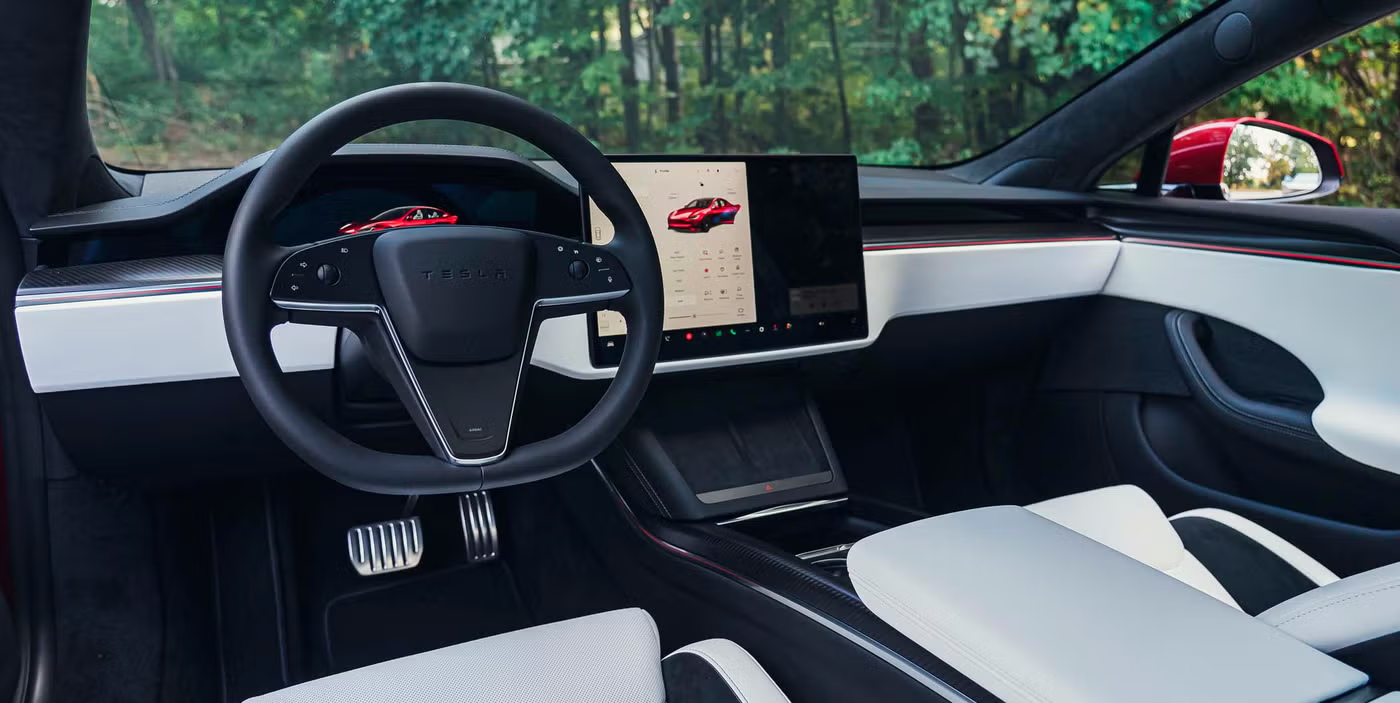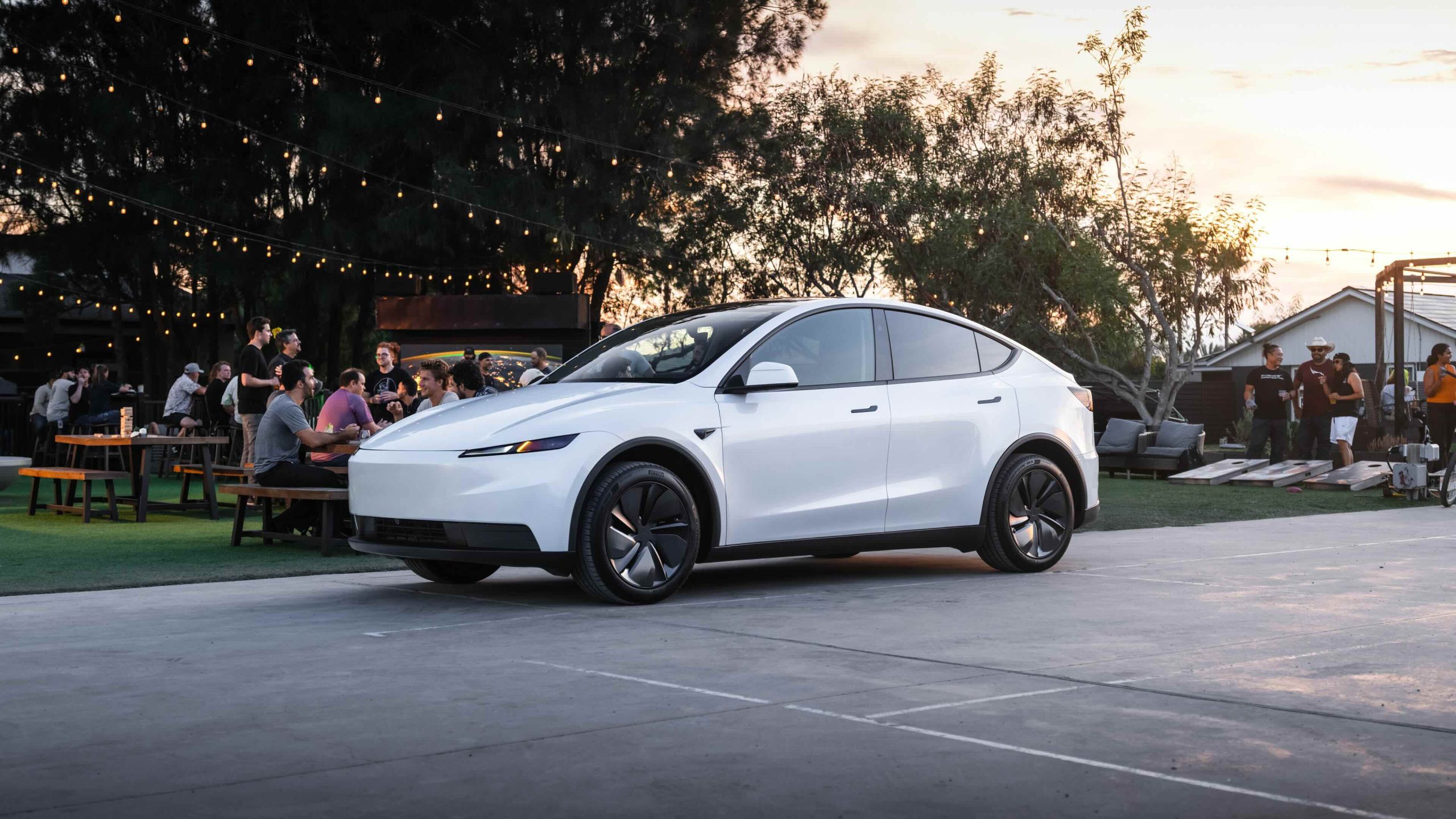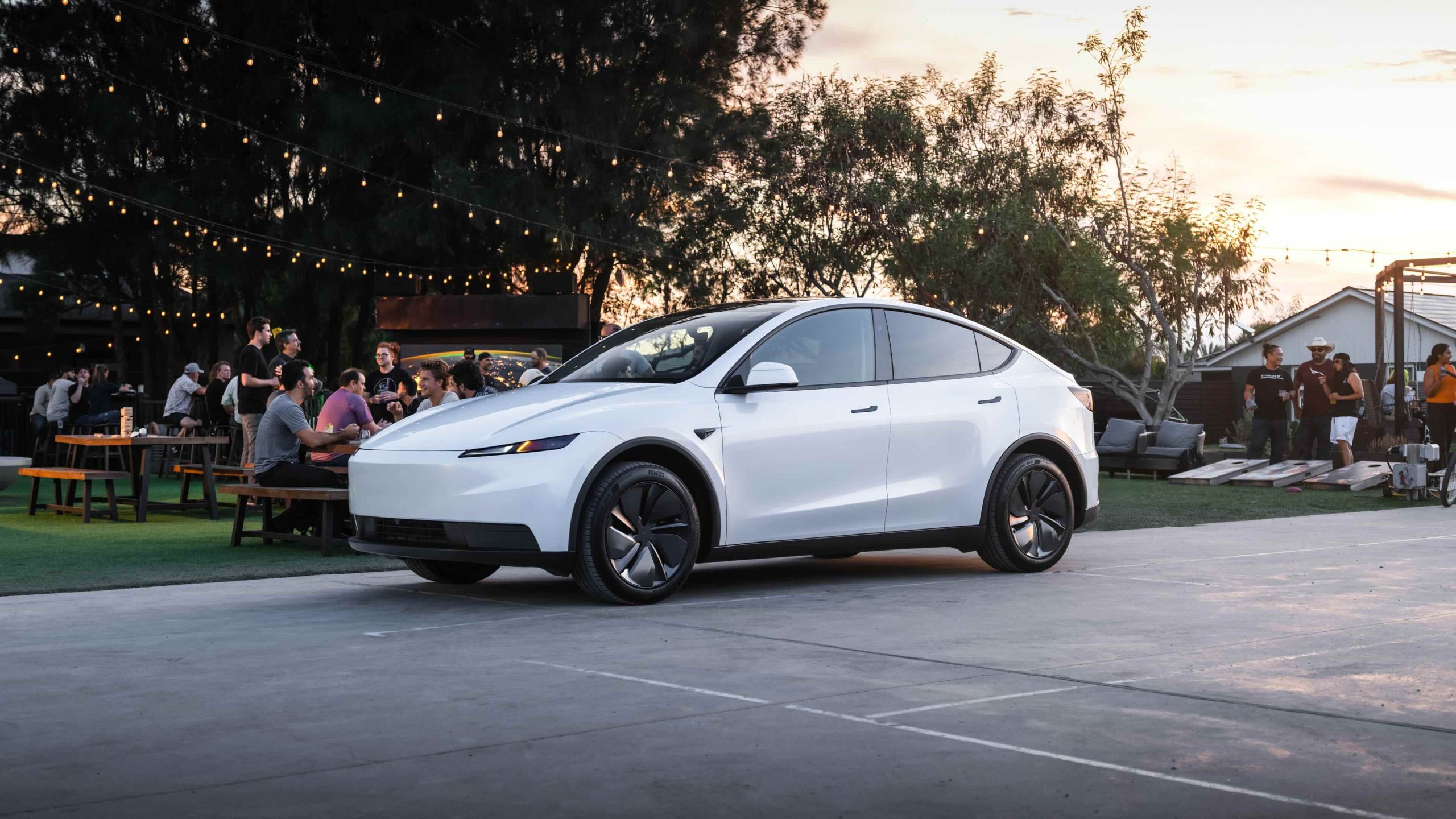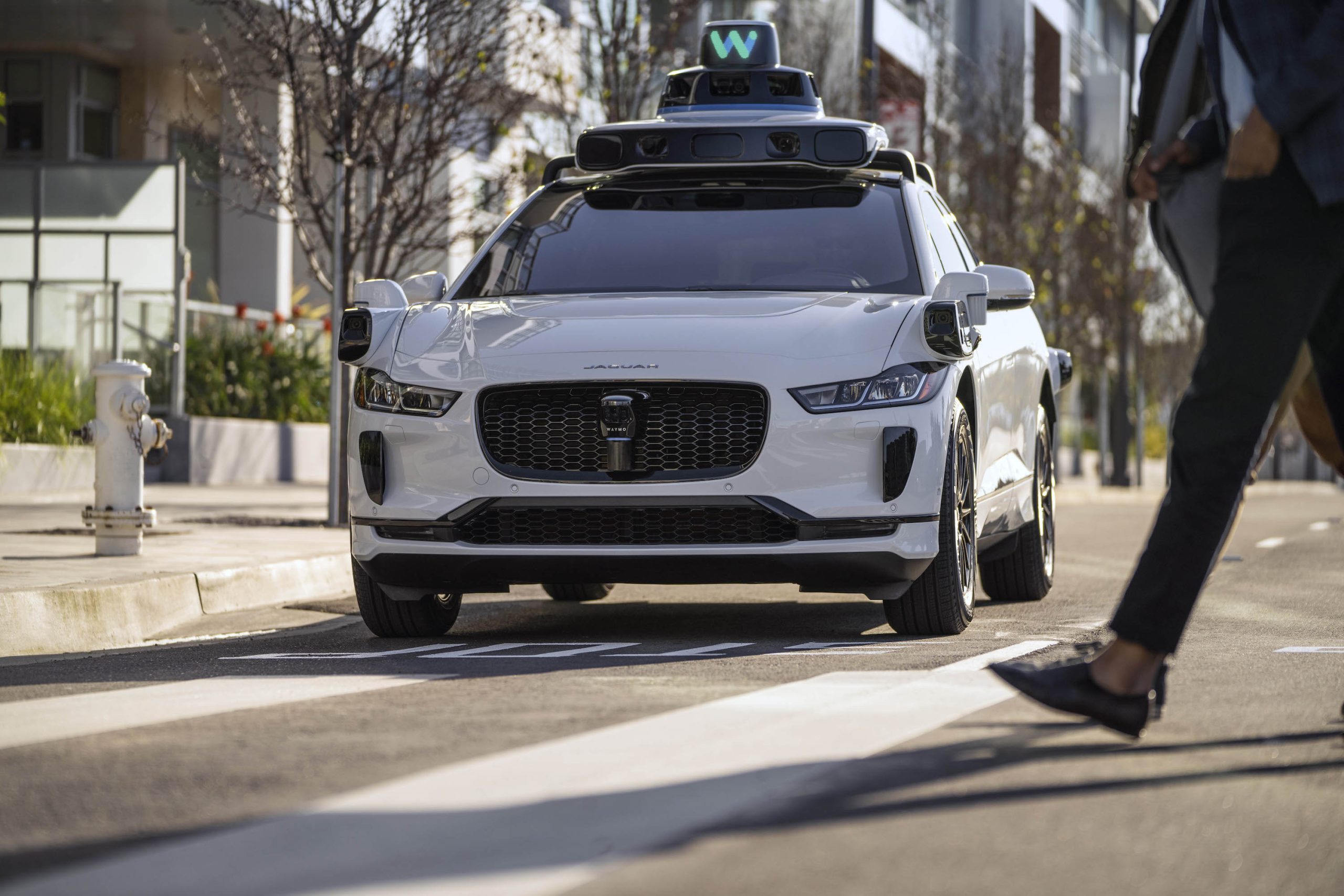Toyota bZ7 Unveiled: A New Era of Smart Electric Vehicles with Xiaomi Integration
Covers infotainment, ADAS and software updates. Daily: Hyundai Ioniq 5. Project car: NB Miata with a homebrew CarPlay retrofit.
The automotive landscape is undergoing a transformative shift as Toyota unveils its latest electric sedan, the bZ7, promising a seamless integration into Xiaomi's smart ecosystem. This innovative vehicle, set to debut later this year, represents a significant leap in the fusion of automotive and smart home technologies, featuring Huawei's HarmonyOS and a remarkable design that captures the future of mobility.
Toyota, in collaboration with GAC, has revealed the bZ7, a pure electric sedan that not only marks a milestone in the company’s electric vehicle lineup but also signifies a broader vision of interconnected living. This 5.1-meter-long sedan is designed to be the first vehicle integrated into Xiaomi’s 'Human x Car x Home' ecosystem, allowing drivers to control home devices directly from the vehicle's interface. This integration is a testament to the evolving nature of technology, where the boundaries between home, car, and personal devices are increasingly blurred.
The bZ7 is more than just a vehicle; it's a technological marvel. Under the hood, it features Huawei’s HarmonyOS cockpit, which provides an intuitive and interactive user experience. The sedan’s electric drive system is also supplied by Huawei, ensuring high performance with a maximum power output of 207 kW (278 hp) and a top speed of 180 km/h. This powertrain is complemented by a lithium iron phosphate battery from CALB-Tech, though specific details about battery capacity and range remain undisclosed.
Design-wise, the bZ7 is a statement of modern aesthetics and functionality. The front of the vehicle showcases a closed-face design with C-shaped headlights, while a lidar system on the roof supports advanced driving assistance solutions by Momenta. From the side, the bZ7 stands out with its fastback design, frameless doors, and semi-hidden handles, all contributing to its sleek, aerodynamic silhouette. The attention to detail continues with multi-spoke rims and a distinctive rear ducktail, enhancing both appearance and performance.
Internally, the bZ7 is equipped with a range of features aimed at enhancing driver comfort and connectivity. The cabin includes a three-spoke steering wheel, a trapezoidal instrument panel, and a central control screen. Ambient lighting and wireless phone charging are standard, although the exact specifications of the screen dimensions and configurations are yet to be confirmed. This interior setup underscores Toyota’s commitment to combining luxury with state-of-the-art technology.
Toyota’s partnership with tech giants like Huawei and Xiaomi is part of a broader strategy to dominate the electric vehicle market by leveraging smart technology. This move not only aligns with global trends towards cleaner transportation options but also highlights the increasing importance of integrated smart ecosystems in modern vehicles. As power grids become greener, the synergy between electric vehicles and smart technologies will likely enhance the appeal of such innovations, making them indispensable in future transportation solutions.
As Toyota continues to expand its bZ series, the bZ7 stands as a beacon of innovation and a testament to the potential of smart automotive technology. This vehicle not only represents a step forward in electric mobility but also underscores the growing collaboration between automotive and technology sectors. With the promise of integrating personal, home, and vehicle ecosystems, the bZ7 is poised to redefine the driving experience and set new standards in the electric vehicle market.
About Noah Stein
Covers infotainment, ADAS and software updates. Daily: Hyundai Ioniq 5. Project car: NB Miata with a homebrew CarPlay retrofit.



